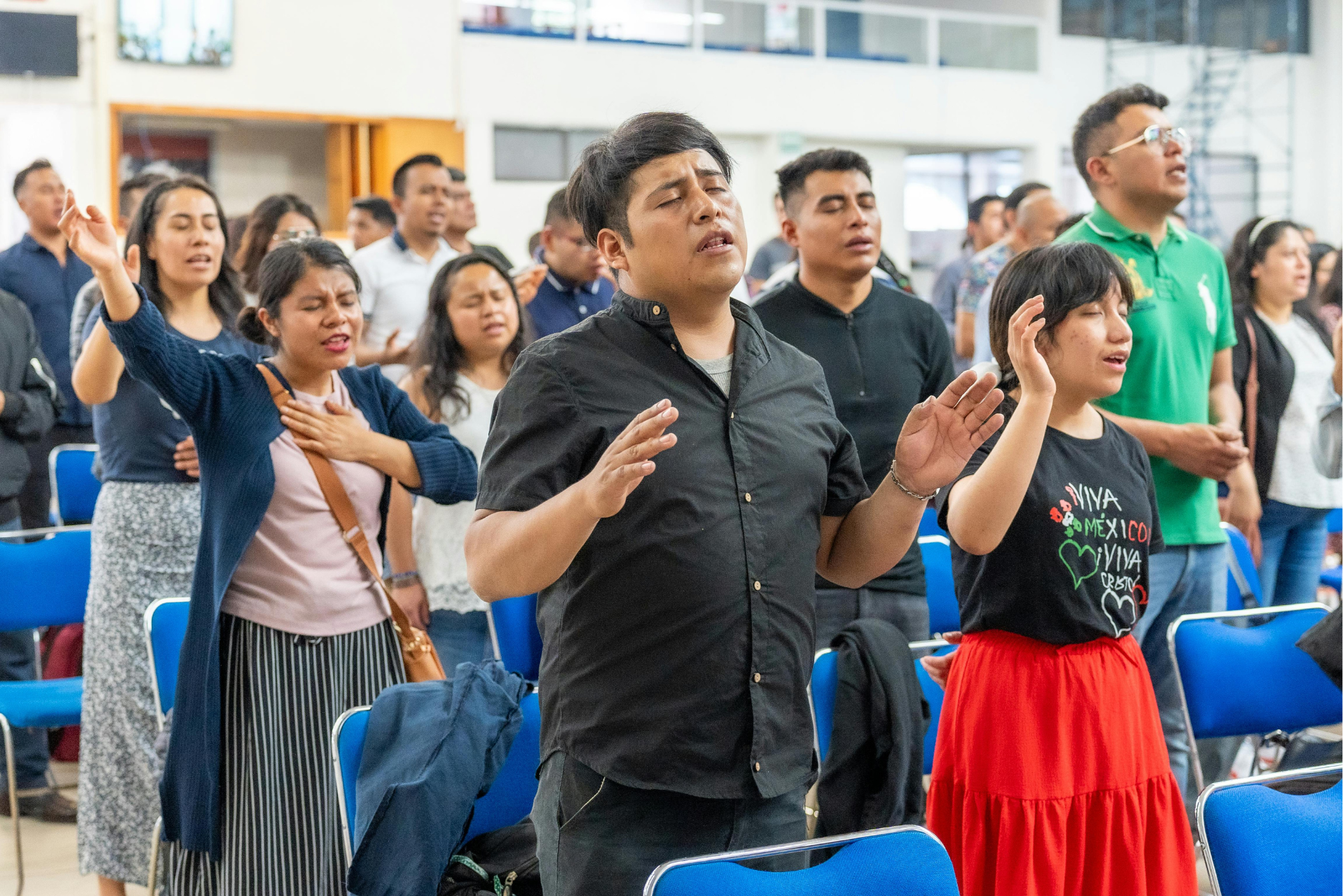Bridging the Generosity Gap: Why Giving Often Struggles in Today’s Church
Despite advances in digital giving platforms, better communication tools, and periodic giving emphases, church leaders across the U.S. are still asking the same question:
“Why aren’t people giving?”
The truth is, while building a healthy generosity culture requires good communication and convenient tools, it requires something more. Giving is spiritual, cultural, and deeply personal. Unless churches begin to address what’s missing beneath the surface, no amount of new technology or communication will ever move the needle long-term.
Here are three core areas where most churches often fall short, and how they can begin to bridge the gap.
1. The Cultural Gap: We Assume Generosity Is Instinctive
We live in a culture shaped by consumerism, scarcity mindsets, and growing skepticism when it comes to the church and religion. Even devoted churchgoers face rising financial pressures, fragmented attention spans, and a spiritual environment influenced more by social media than by biblical teaching.
Churches too often assume their people understand generosity matters, but the reality is, most aren’t hearing generosity teaching often, seeing generosity modeled consistently, or grasping the deep spiritual significance of biblical generosity.
What to do:
Reframe generosity as an act of worship, not just a funding source. Generosity reflects our heart posture toward God and toward others.
Regularly highlight stories of ministry impact and spiritual transformation that show how people’s financial generosity has changed lives and communities, not just helped balance the budget.
Model generosity from church leadership down. When pastors and key leaders live generously and openly share their own giving journeys, it normalizes and inspires generosity.
Why it matters:
When people don’t see generosity being lived out, celebrated, or explained; especially in real, relatable ways, it is nothing more than a nice theory. Generosity must be anchored in the identity of Christian and spiritual growth, not just fundraising.
2. The Communication Gap: We Talk About Giving, But Don’t Make It Personal
Many churches mention giving in announcements or on slides, but the message often lacks clarity, consistency, or spiritual resonance. In today’s noise-saturated world, a generic reminder to “give online” doesn’t stick, it feels transactional, or even burdensome.
What to do:
Replace generic or desperate giving appeals with vision-infused stories: “Here’s what your giving made possible this week.” Help people see the real-world outcomes of their generosity.
Use every channel - email, social media, platform time - to reinforce your generosity message. Genuine, consistent, multi-channel, and transparent communication builds awareness and encourages engagement.
Train key leaders to talk about stewardship relationally, not transactionally. Generosity has to be transformational instead of transactional. Encourage conversations about giving and generosity that connect with people’s hearts, values and life stories.
Why it matters:
People intuitively want to make a difference. They give generously when they feel seen, known, and invited into something meaningful and impactful. If giving feels like a chore or nothing more than a financial transaction, it won’t lead to lasting spritual transformation.
3. The Discipleship Gap: We Don’t Equip People to Grow in Generosity
Most churches have a clear plan to disciple new believers and train volunteers, but too few offer a spiritual growth pathway that specifically includes generosity. Givers are often left to navigate their giving journey on their own. When this happens, we miss the chance to deepen their faith through this vital spiritual discipline.
What to do:
Create a discipleship pathway that includes generosity: walk people through the journey from first-time giver to consistent giver to proportional giver to faithful giver to radical giver. Guide people step-by-step and help them understand why it's a non-negotiable of their spiritual growth.
Preach and teach generosity as part of spiritual growth and maturity, not just a financial obligation. Embed generosity into sermons, Bible classes, and small groups. Help people understand generosity as a true expression of who they are as a Christian.
Integrate generosity conversations into small groups and one-on-one conversations. Provide safe spaces for people to better understand and explore what generosity means in their lives.
Why it matters:
Outside our discipleship journey, generosity feels like nothing more than an ask, not a true calling as Christians. When framed as real spiritual formation, giving becomes worship, obedience, and a source of eternal joy and freedom.
Additional Thoughts: The Role of Trust and Transparency
Another key factor often overlooked is trust in leadership. People need to trust that their gifts are being used well and in a way that is aligned with the church’s vision and mission. Transparency in financial stewardship and appropriate regular reporting can build confidence and inspire generosity.
Share clear, but appropriate and contextual, updates on how funds are used.
Celebrate spiritual milestones and ministry impact openly.
Create learning opportunities and space for feedback and questions related to biblical generosity and stewardship.
Conclusion: Realigning for a Generous Future
Generosity isn’t declining because churches aren’t trying; it’s in decline because the culture and beliefs around giving and generosity are shifting faster than many churches are discipling. In order to create real and meaningful cultures of generosity, churches must make it a part of their spiritual growth process and get over their fear of the conversation. It must become a normal conversation in the midst of our spiritual growth efforts. .
Here’s the good news - it's never too late to make a change in our approach. When church leaders take time to understand and address the real challenges, things like conflicting cultural differences, communication barriers, discipleship needs, and trust gaps, they can move beyond just methods and techniques. Taking a new approach can help build authentic community; a community that genuinely reflects God's generous heart and unimaginable love.
Now might be a good time to think differently, ask questions in new ways, and create a culture where giving isn't just about money. Instead generosity becomes about giving, from God’s provision, joyfully, regularly, and even sacrificially. This kind of generosity comes from a place of true worship and a desire to help others, inspiring everyone to be a part of something bigger.



